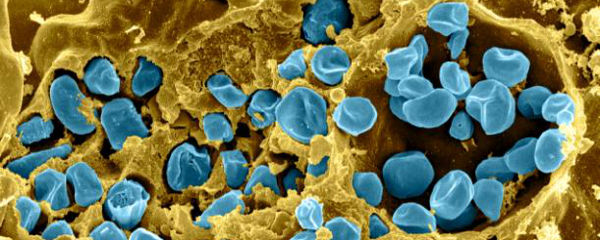What I’ve Learned:
“Junk DNA: there’s a whole lotta junk in ALL of our trunks.”
Comparing yourself with other people is tricky. George Carlin famously pointed out that “their stuff is shit, but your shit is stuff“. Which is great, if you’re comparing music collections or wardrobes or childrens’ refrigerator art.
But there’s another thing we have in common with other people: our DNA. And when it comes to genetic material, it turns out everybody’s is mostly junk. Yes, even yours. And George Carlin’s.
(Well, at this point, certainly George Carlin’s. Unless you count half of Kelly Carlin. Which you probably should.)
But don’t feel too bad about your junky genome. “You are what you eat,” as the saying goes — so if you’ve ever shoveled down a McRib or a whole bag of powdered mini donuts down your gullet, then you knew some “junk” was probably in there, somewhere.
The question is… how much? No one is entirely sure.
Regrettable food choices aside, the degree of “junkitude” in a species’ DNA was first measured in a very simple way. Somewhere within that DNA are a number of genes — regions that are transcribed into RNA messages, and then translated into proteins, which perform most every function in living cells.
Different species have different sized genomes, and varying numbers of genes. Back in the ’60s or so, scientists took a hard line concerning “junk DNA”: if it can produce a protein, it’s useful. If not? Junk.
That leaves many species with an awful lot of so-called junk DNA — and it makes humans look like downright hoarders. Using this definition, roughly 98% of our DNA is pointless garbage. Expired Fruitopia coupons. Porky’s Revenge Betamax tapes. Last year’s newspapers. Or really, any newspapers.
But a funny thing happened on the way to our deoxyribonucleic intervention. As scientists dug deeper into how our genomes work, they discovered something interesting. Our non-protein-coding DNA may be “junk” — but that junk DNA… is not.
Not junk, that is. At least, some of it isn’t. Because while genes — actual, protein-producing sequences — only make up about 2% of our DNA, other regions are pretty important, too. Like telomeres, for instance — little fiddly bits of DNA that “cap” chromosomes to protect the squishy ends. Or for that matter, centromeres — repetitive sequences where two halves of each chromosome are held together, and which are critical during cell division.
But it’s not just structural elements hiding in the junk DNA. There’s other stuff in that shit, too. Thousands of regulatory sites, for instance. All those protein-encoding genes are great — but on their own, they’re kind of dumb. If you don’t want intestine genes turned on in your brain, or adrenaline released along with melatonin — and seriously, you do not — then something has to regulate how and when and where and why each gene gets expressed.
That “something” is a bunch of proteins, mostly — but they do their jobs by sitting down on stretches of non-coding DNA to direct traffic. Take away those “junk” DNA regions, and your gene expression suddenly goes all higgledy-piggledy. Congratulations, spring cleaner. You’re a sewer mutant now.
There are other important things happening in our “junk” DNA, but we’re still discovering what all of them are. Maybe 10% of our DNA is actually useful. Or 8.2%, according to one study. Maybe as much as 50%. But probably not more than that; nearly half our DNA is thought to come from transposable elements and integrated viruses, which are generally not so useful.
So Carlin wasn’t wrong, but he didn’t have the whole story. True, our shit is stuff, and their stuff is shit. But underneath, we’re all 50 to 98% junk. Sorta makes you want to mutter the seven words you can never say on television, dunnit?




